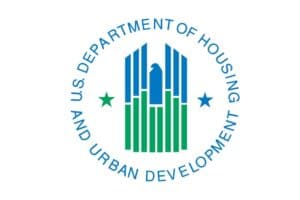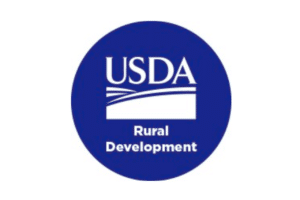A new report from the Government Accountability Office (GAO) focuses on rental housing from 2001 through 2017 and analyzes the share of households that rent, the affordability of rental housing and rental housing conditions. In 2017, almost 7 million more households rented their homes than in 2001, which brought the share of households that rent from an estimated 34 percent to 36 percent.
Rental affordability declined from 2001 to 2017. In 2017, 48 percent of renter households were rent burdened—that is, they paid over 30 percent of income for rent—which is six percentage points higher than in 2001. Rent burden was most common and most severe among lower-income households (80 percent or less than area median income), with almost three-quarters of extremely low-income households (30 percent or less than area median income) paying over half of their income in rent (see figure). Affordability declined because of a range of factors, including more households competing for rental units and the supply of low-cost rental units not keeping up with demand.
An estimated 15 percent of rental units in 2017—more than 5 million—had substantial quality issues (such as cracked walls and the presence of rodents) or lacked essential components of a dwelling (such as heating equipment or hot and cold running water), according to GAO’s analysis of American Housing Survey data.



